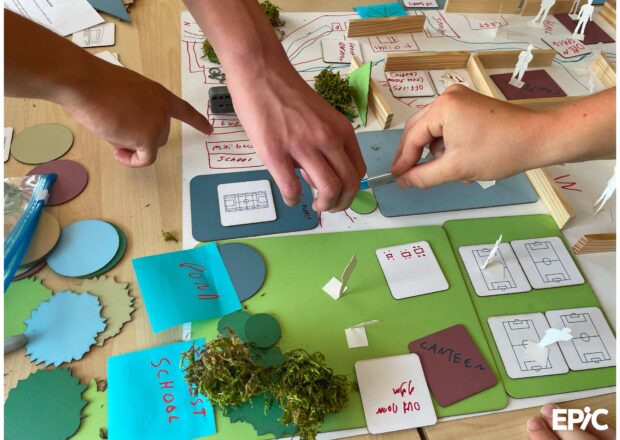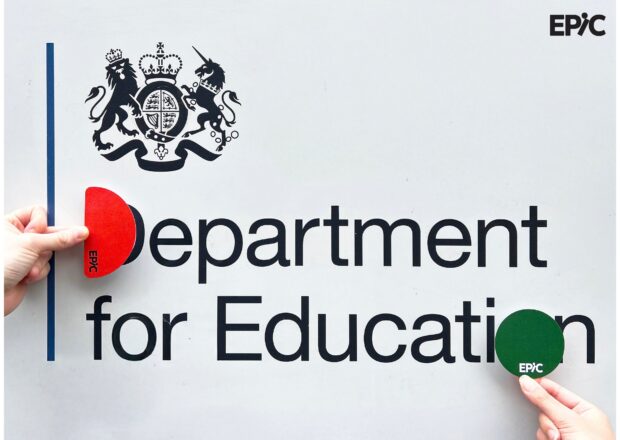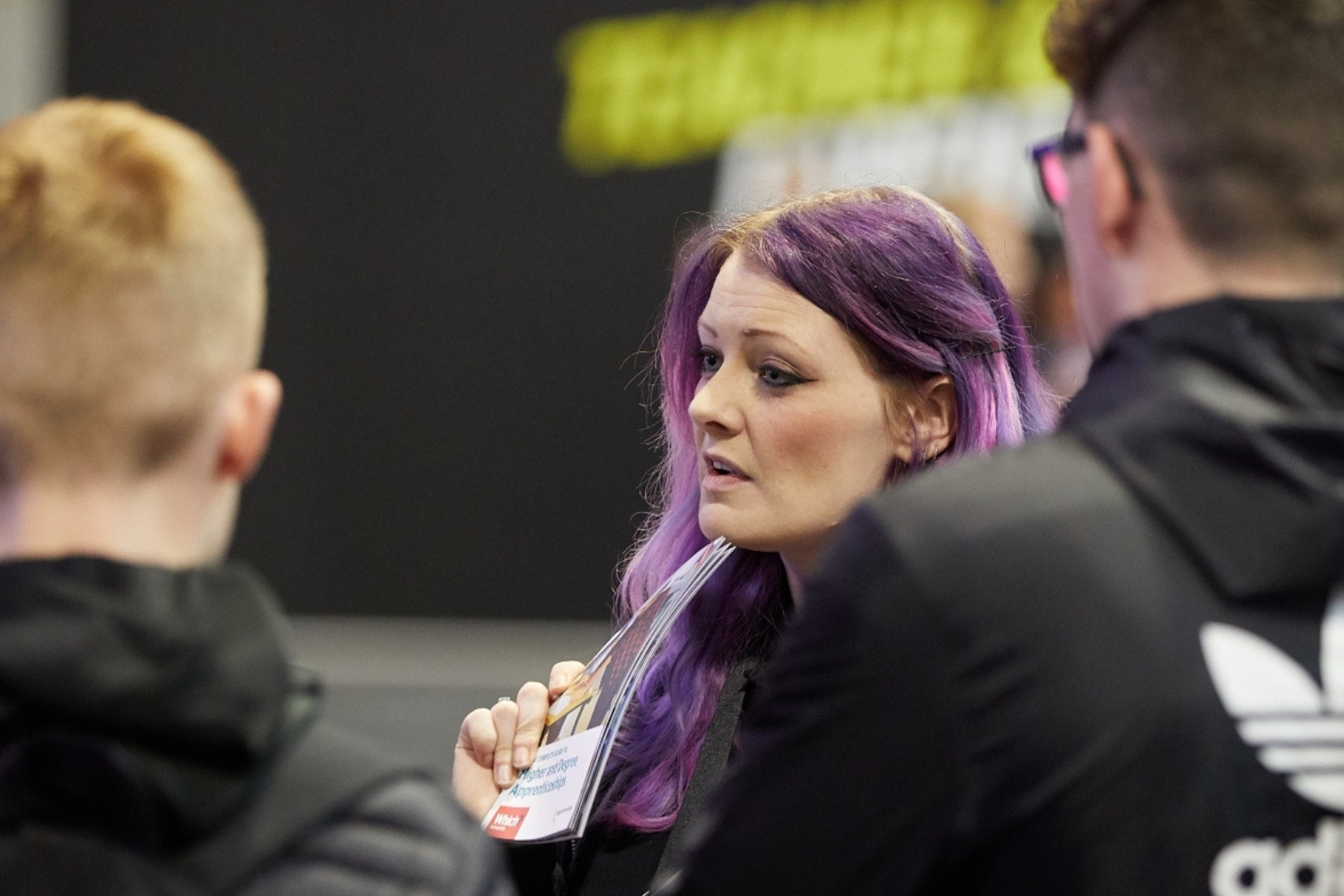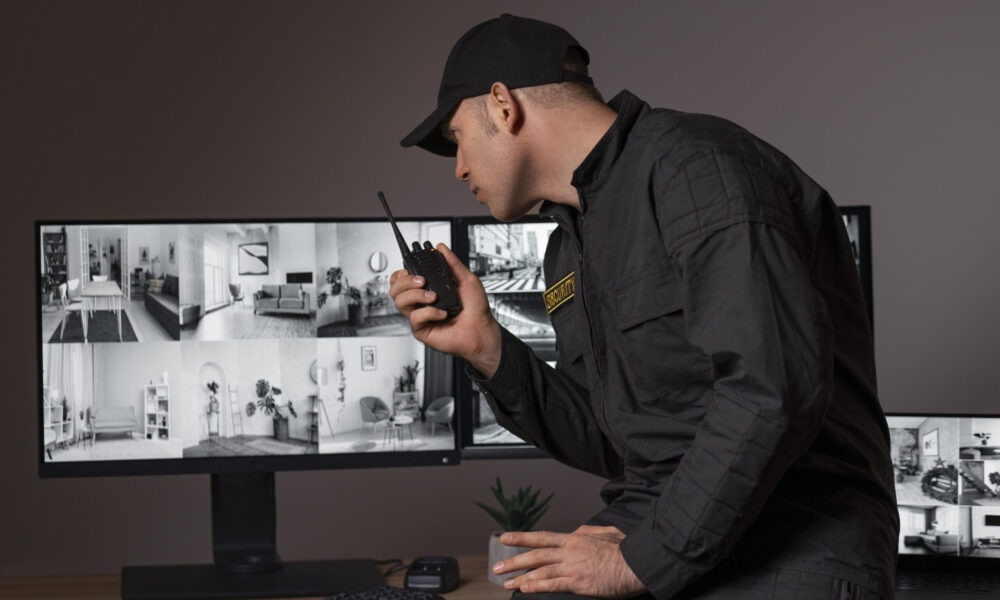Young people are an important stakeholder group for the Department for Education. Empowering them to play a part in education policymaking requires the use of special design methods that allow them to meaningfully contribute.
Immersive and sensory activities, creative mapping, and physical 3D-printed objects can all help pupils to participate. Engaging them in this way uncovers unique insight into their experiences and inspires actionable change.
Design methods made for young people
The department’s Education Policy Innovation Centre (EPIC) specialises in bringing participation, design and innovation into the policymaking process to fulfil the government’s mission to break down barriers to opportunities.
We use co-design to create opportunities for policymakers to engage with young people’s ideas. Co-design values participants as experts of their own experience. It creates an environment of mutual respect and equal participation.

Exploring pupils’ feeling of belonging
We recently undertook a research project to better understand the sense of belonging among teenage (Year 10) pupils in schools.
By using a mixture of participatory methods, EPIC not only explored pupils’ experiences but also actively engaged and empowered young people throughout the research process.
“The sessions really engaged the students. Making their own school gave me a lot to think about also which I took back to the senior leadership team” – Teacher in participating school
The diverse experiences of young participants revealed rich insights into what shapes a sense of belonging in schools. These insights touch on key areas such as friendships, behaviour management, the design of school buildings, and the unique experiences of ethnic minority pupils.
Beyond fundamental values like acceptance, respect, inclusion, and support, young people also emphasized the importance of emotions such as safety, pride, and enjoyment in cultivating a sense of belonging.
This research highlighted the deeply personal and subjective nature of school belonging, raising important questions about how schools might effectively monitor and nurture it.

A fresh approach to engaging pupils
In preparation for the project, we consulted experts on potential research methods. We then tested possible approaches with pupils to see what would work best. The final mixed-method research approach included:
- Co-design workshops where Year 10s designed their ideal school in small groups
- Video diaries and interviews with Year 10s
- Semi-structured interviews with parents and members of school staff
- A survey for all Year 10s to complete at each school
Using these four methods ensured that pupils had multiple ways to engage with our research. Video diaries allowed those who preferred confidential sharing to participate one-to-one, while surveys offered complete anonymity and a broader view of the year group.
To gain a comprehensive understanding of pupil experiences, we also conducted semi-structured interviews with parents and staff to gain deeper insights into the challenges of fostering belonging at school and home.
Striking the balance between imagination and reality
Before the co-design workshops at schools, pupils completed a sensory walk around their school, marking areas they liked or disliked explaining why on a map. The sensory maps provided a way into the modelling activity and sparked discussions on belonging. This was accessible in nature since it asked pupils about something they were likely to talk about a lot, leading to meaningful conversations.
During the workshop sessions, pupils used our co-design toolkit to build models of their ideal school highlighting the value of tangible and interactive methods. The toolkit included laser cut shapes, natural materials and 3D printed elements that allowed all pupils to engage without concern for their artistic abilities. The blank shapes in the toolkit allowed them to personalise their designs, creating a sense of ownership and creativity. Working in groups, they presented key aspects of their typical school day, uncovering insights into how places, spaces and people shape their sense of belonging.
Using a design brief struck a balance between giving pupils the freedom to be imaginative while ensuring their ideas were practical. This collaborative and hands-on approach created an engaging and impactful experience for all involved.
One teacher noted their surprise when a typically reserved pupil took the lead in presenting their group’s model…
“The activity allowed pupils to take a very reflective role. The resources allowed for really good creativity.” – Member of the senior leadership team in a participating school

The school of belonging toolkit
To encourage more youth engagement, EPIC is working on designing a toolkit based-on this project It will provide any teacher at any school with the tools and guidance they need to start their own conversations about belonging and to gather valuable insights from pupils. This toolkit will offer a fun and creative way to gather insights from pupils, fostering ongoing discussions about belonging.
We champion participatory design
EPIC works on projects across the government’s education portfolio, including families, early education, schools and skills. We have combined experience in policy design, ethnography, social research, user research, co-design, visual design and systems thinking. Our team ensures decision-makers are presented with policy options containing new perspectives and creative thinking, which have been developed and tested by the people affected across the policy system.
Engaging children and young people in this way involves creating inclusive opportunities for traditionally overlooked or excluded groups. It’s about finding accessible methods to empower them and giving them an active role in shaping policy conversations that impact their lives.
If you would like to learn more about EPIC’s work you can contact the team on: epic.team@education.gov.uk
NB. Please note that this blog post only refers to research findings, and those findings do not reflect official government policy.

Join our community
We use this blog to talk about the work of the multidisciplinary policy design community. We share stories about our work, the thinking behind it and what policymaking might look like in the future. If you would like to read more, then please subscribe to this blog. If you work for the UK’s government, then you can you join the policy design community. If you don’t work for the UK government, then connect with us on social media at Design and Policy Network and subscribe here to be notified about our monthly speaker events to hear from influential design thought leaders and practitioners.











